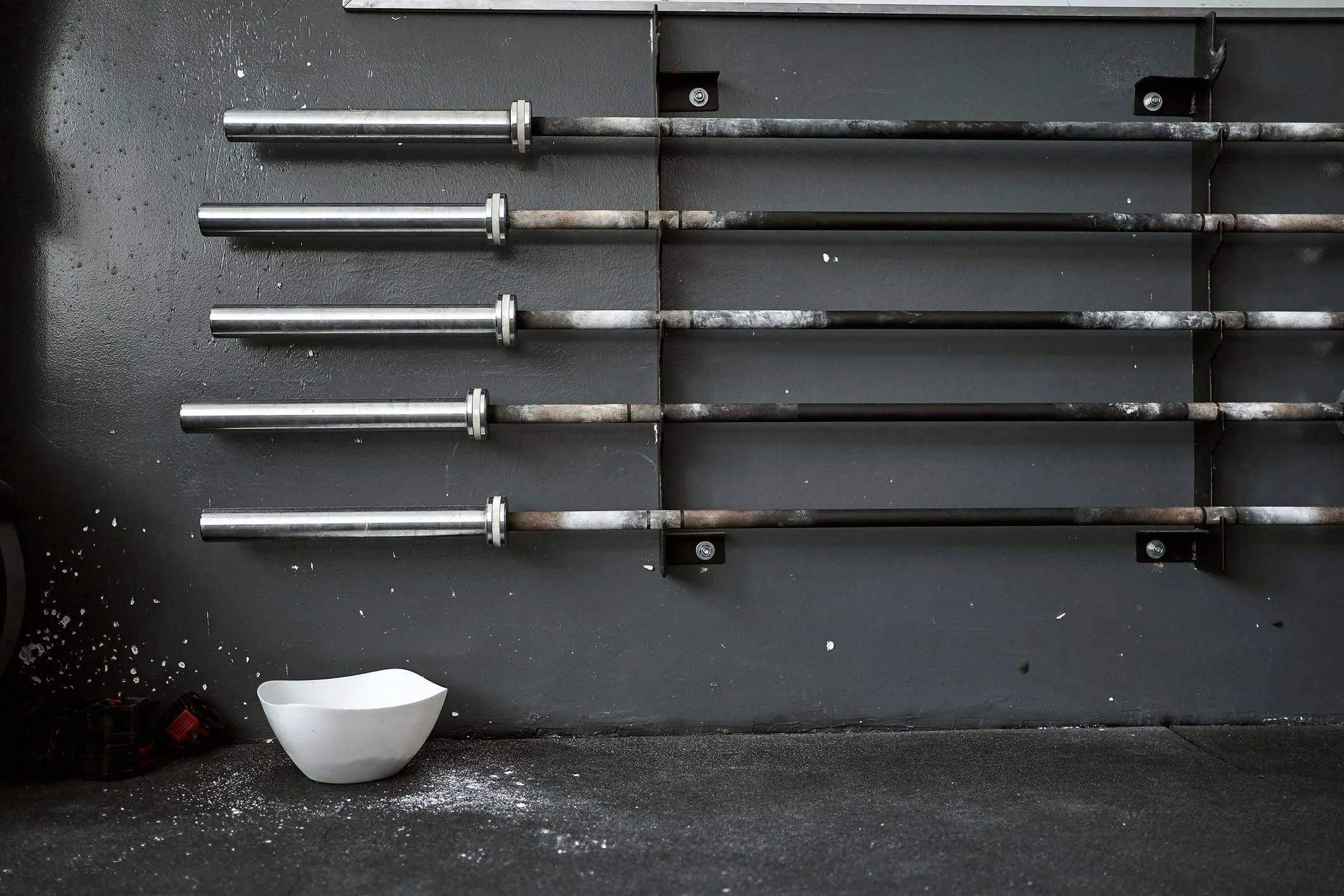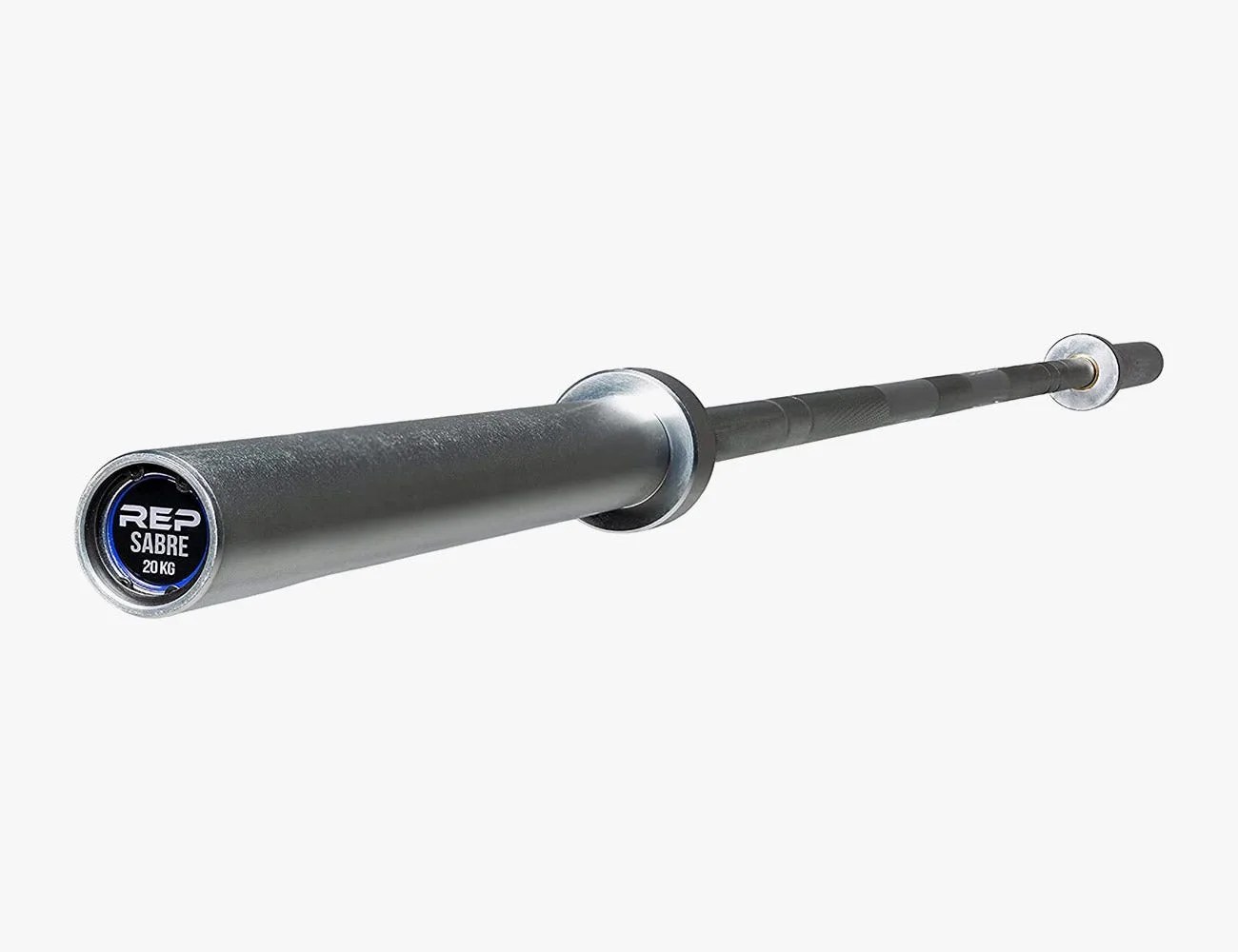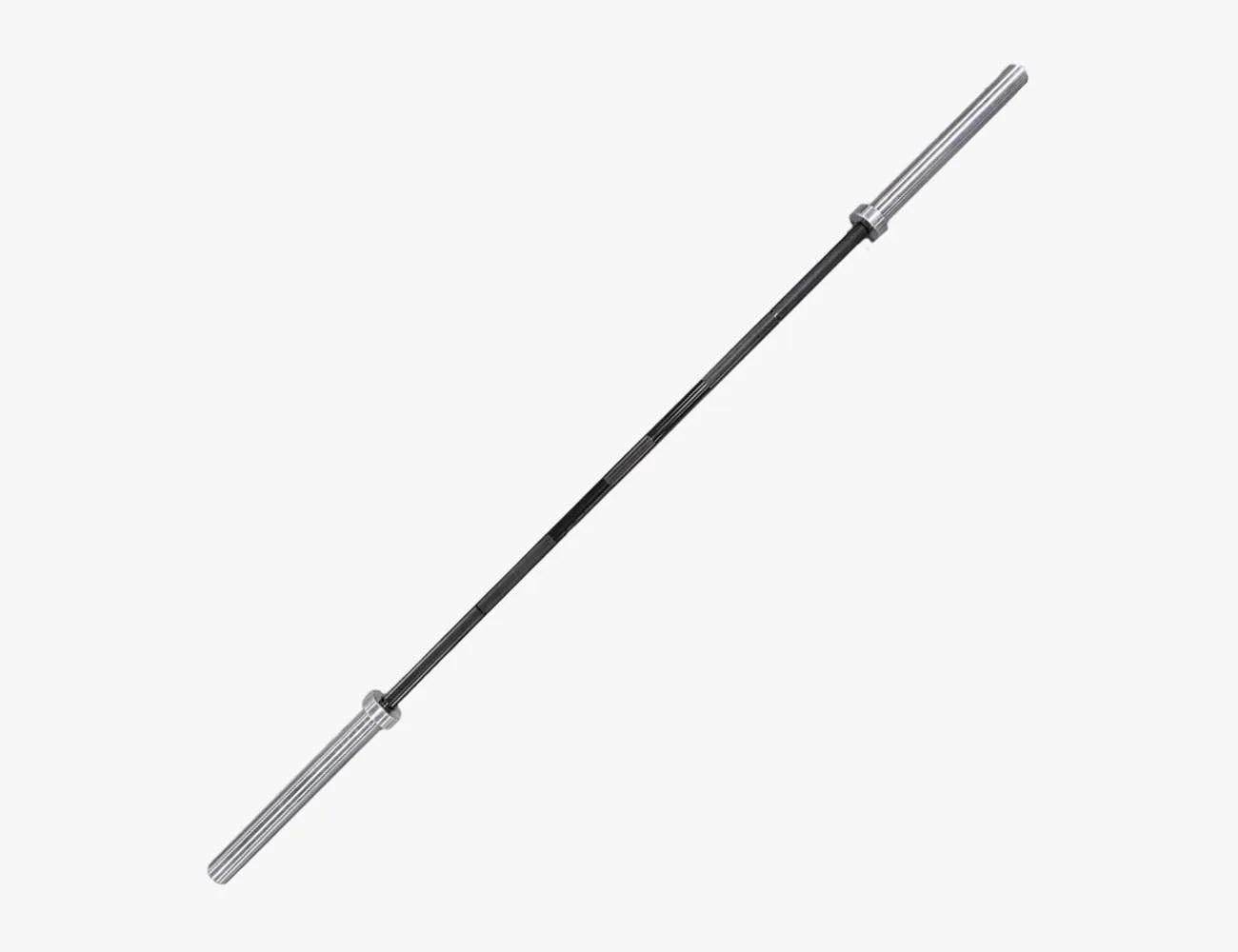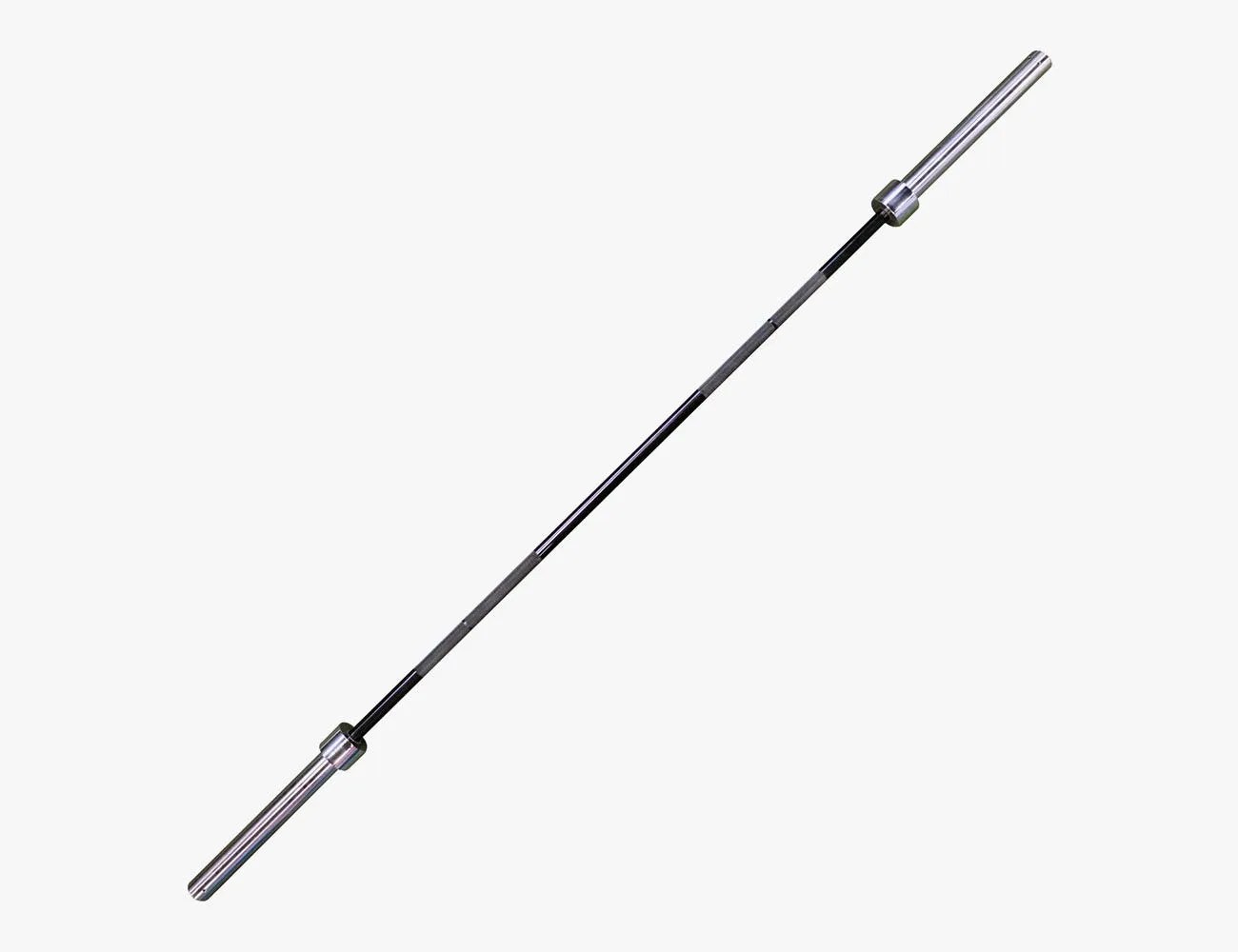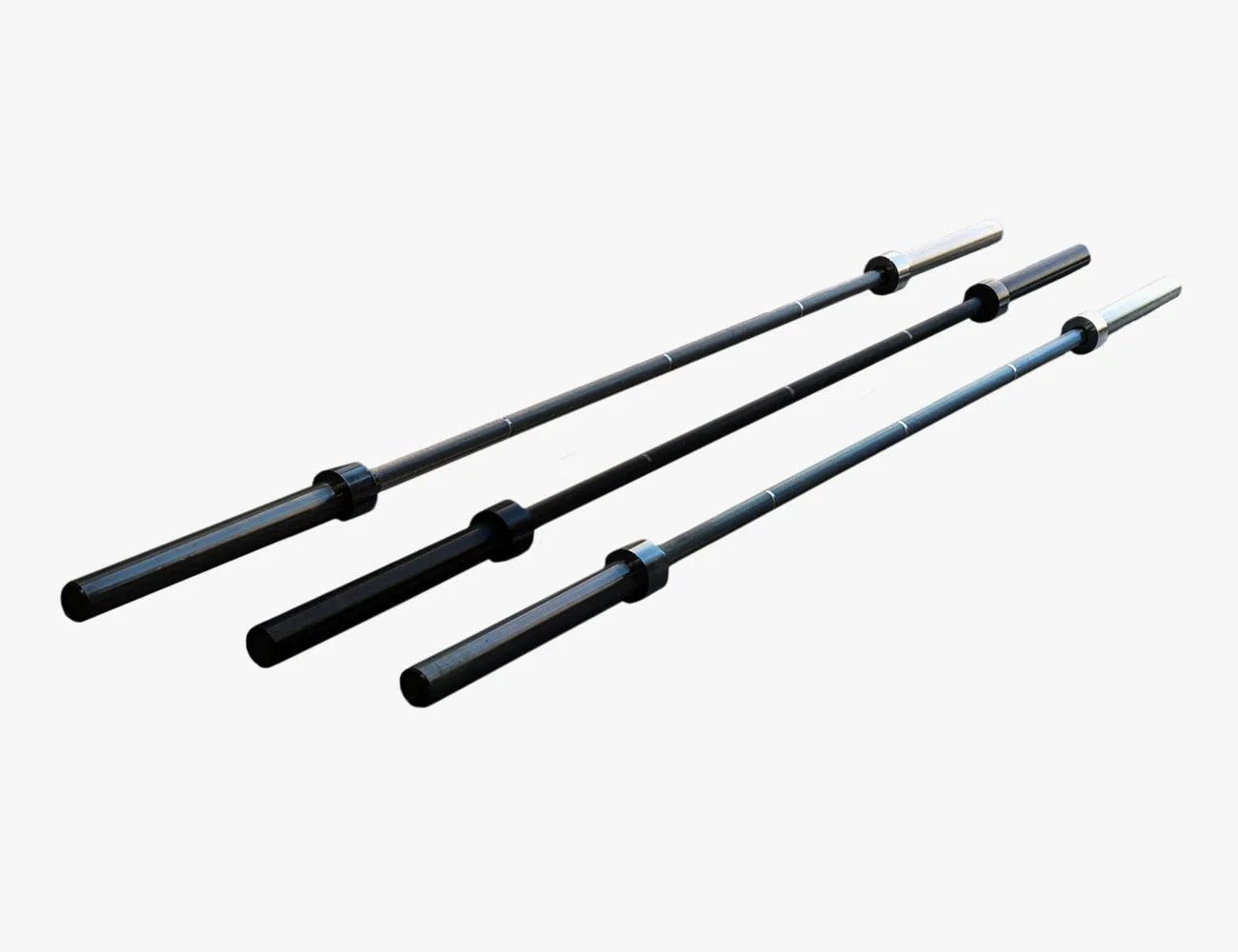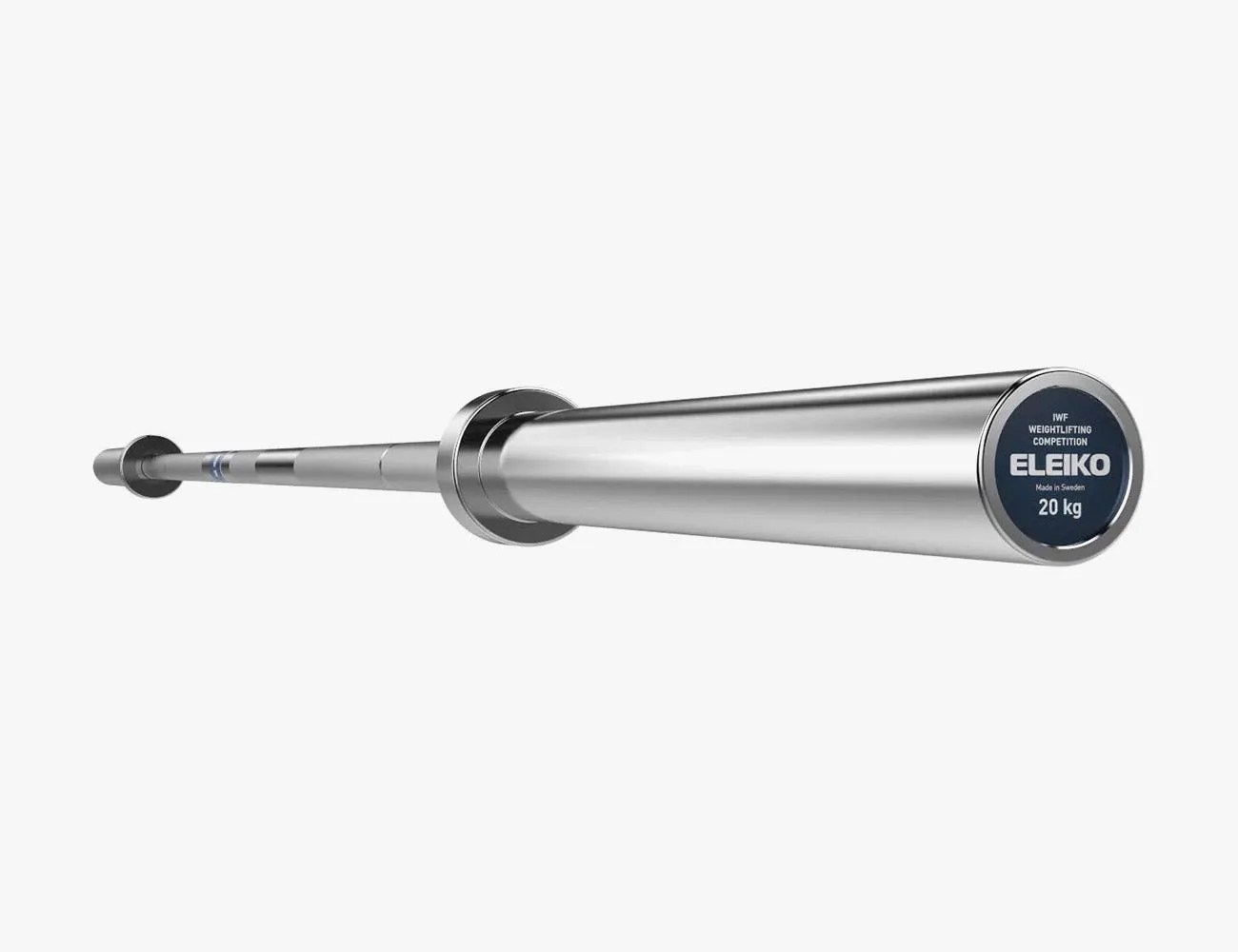Over time, some gear just becomes synonymous with the activity it’s related to. It’s impossible to think about baseball gloves and not reminisce about your last league game or afternoon playing catch. Not the best example? Try picturing a socket wrench — and then try not to see it surrounded by grease monkeys working on their next project car.
Fitness has those iconic pieces of equipment, too, and the barbell is a great example. Whether loaded with a new PR at your favorite commercial gym or resting idly in the corner of your garage before your next training session, the barbell is a foundational, versatile workout tool that can give you a plethora of muscle-building opportunities. And just like the aforementioned baseball gloves and socket wrenches, barbells have been specialized throughout the years to help you get the most out of your specific lifts.
A Quick Breakdown of Barbell Anatomy
While each barbell type is specialized within its specs to better suit specific lifts and workouts, the anatomy of every barbell is the same. Beginning at the ends — where the weight plates sit — each barbell consists of two sleeves and two collars.
The sleeves house the weight, while the collars help keep the plates from sliding onto the shaft — the metal rod you grab with your hands. The shaft also features knurling, which is the cross-hatched pattern that provides grip, along with knurling marks for easier, more consistent hand placement. Bearings, fasteners and end caps round out the barbell profile, giving you a silhouette that’s sturdy and ready for the training task at hand.
While this might seem like a lot of moving parts — and as you’ll see, some components do, in fact,move — you won’t have to worry about repairs or building out your dream barbell, as they come pre-assembled with all the proper components.
